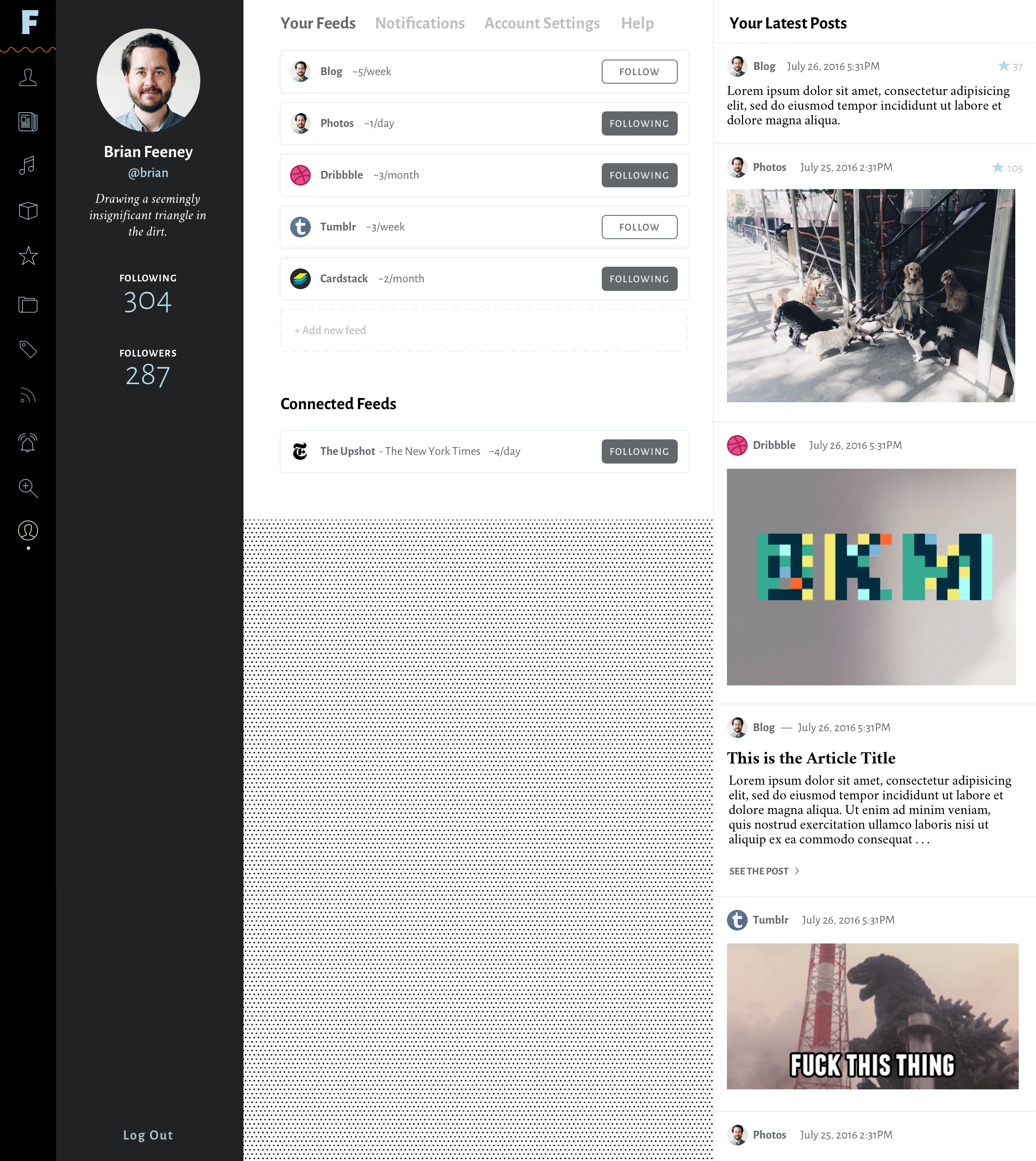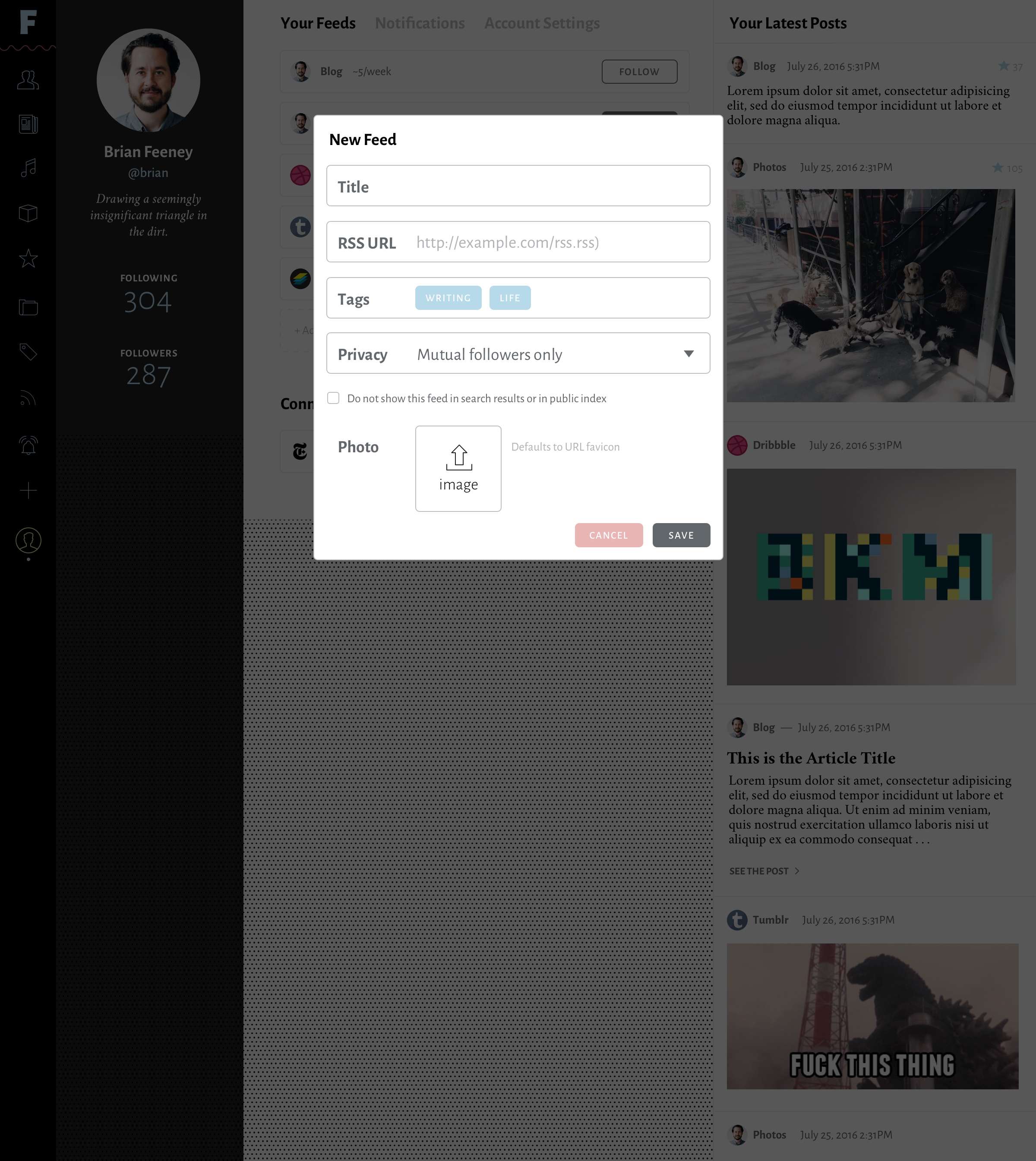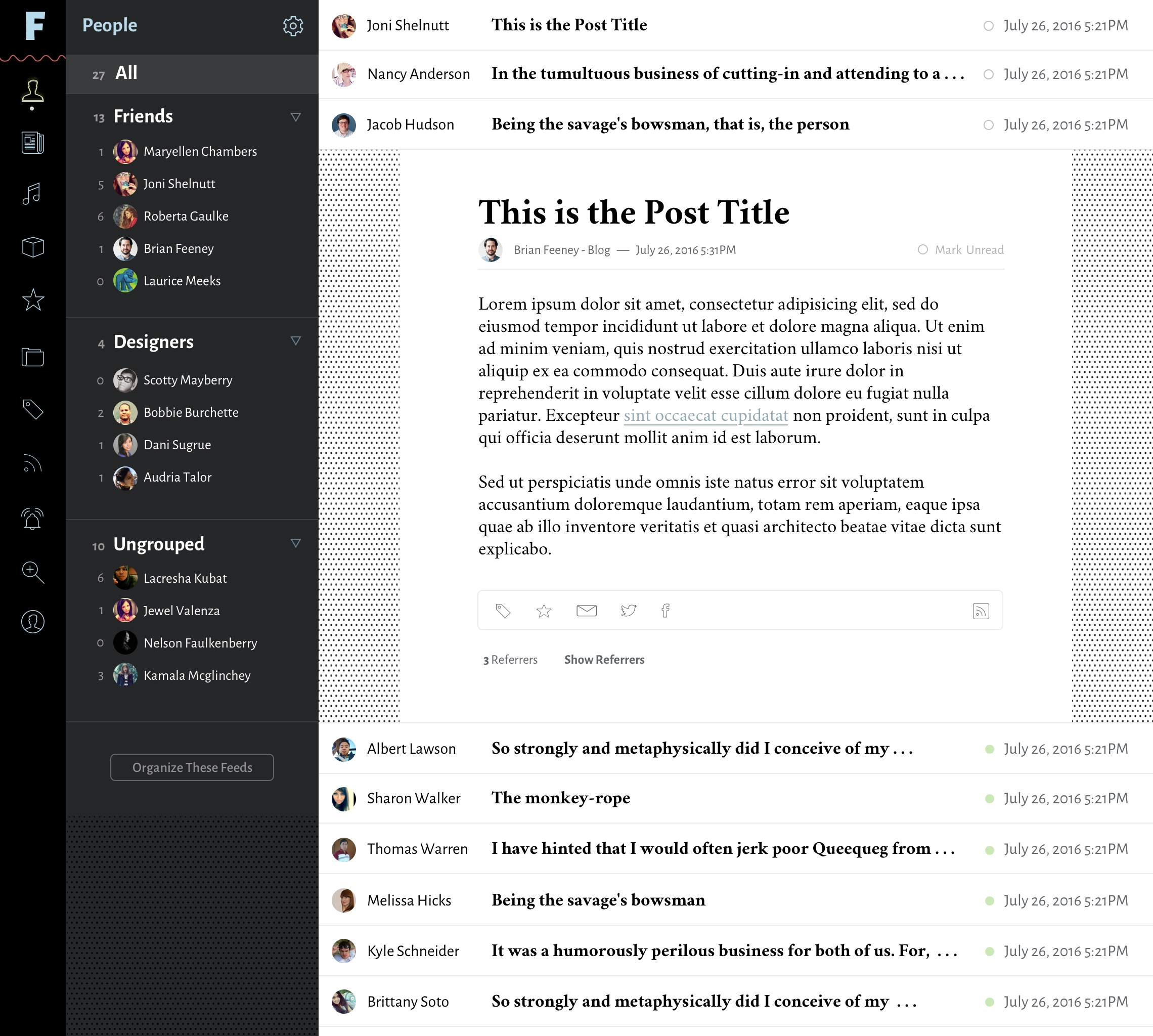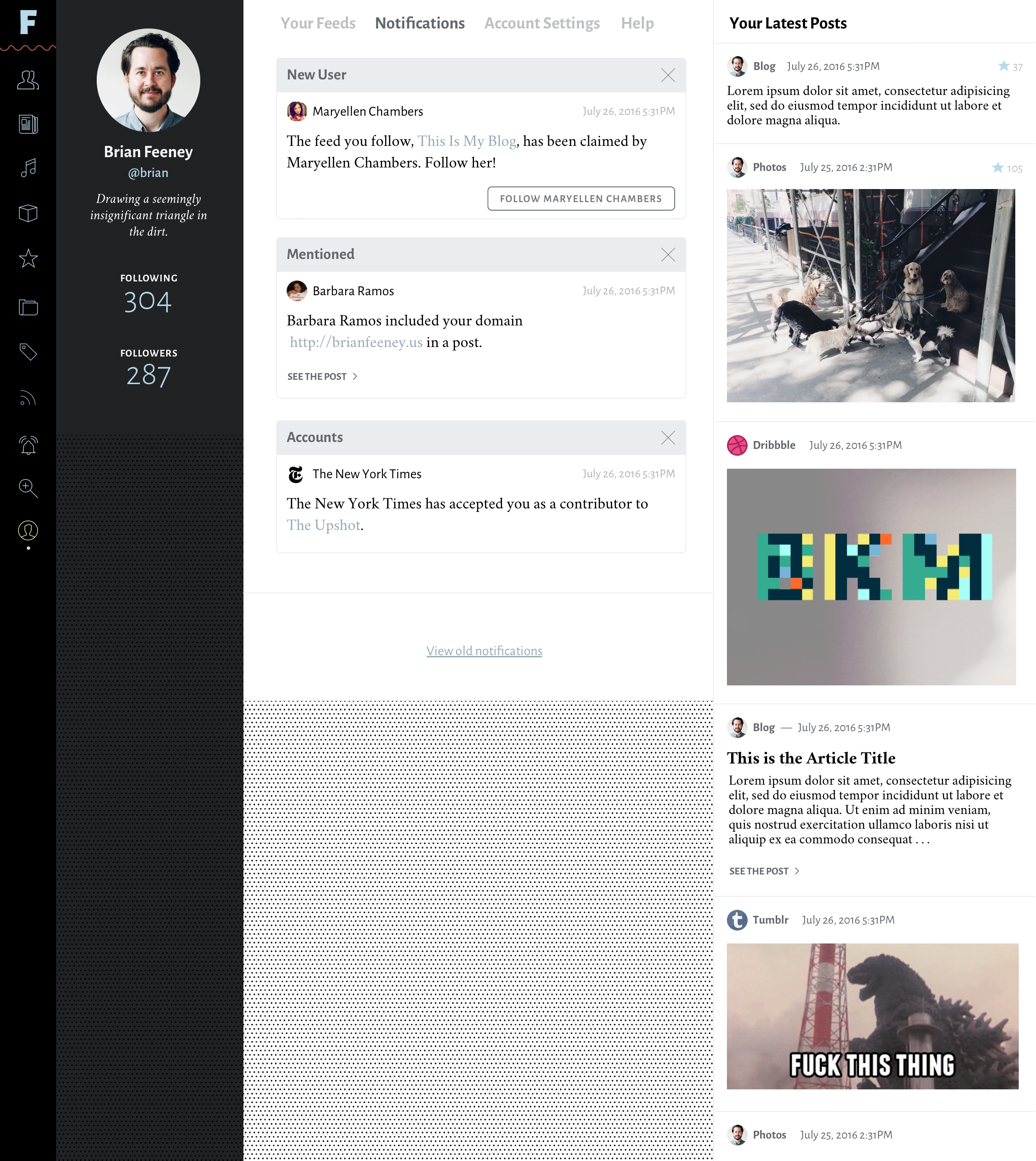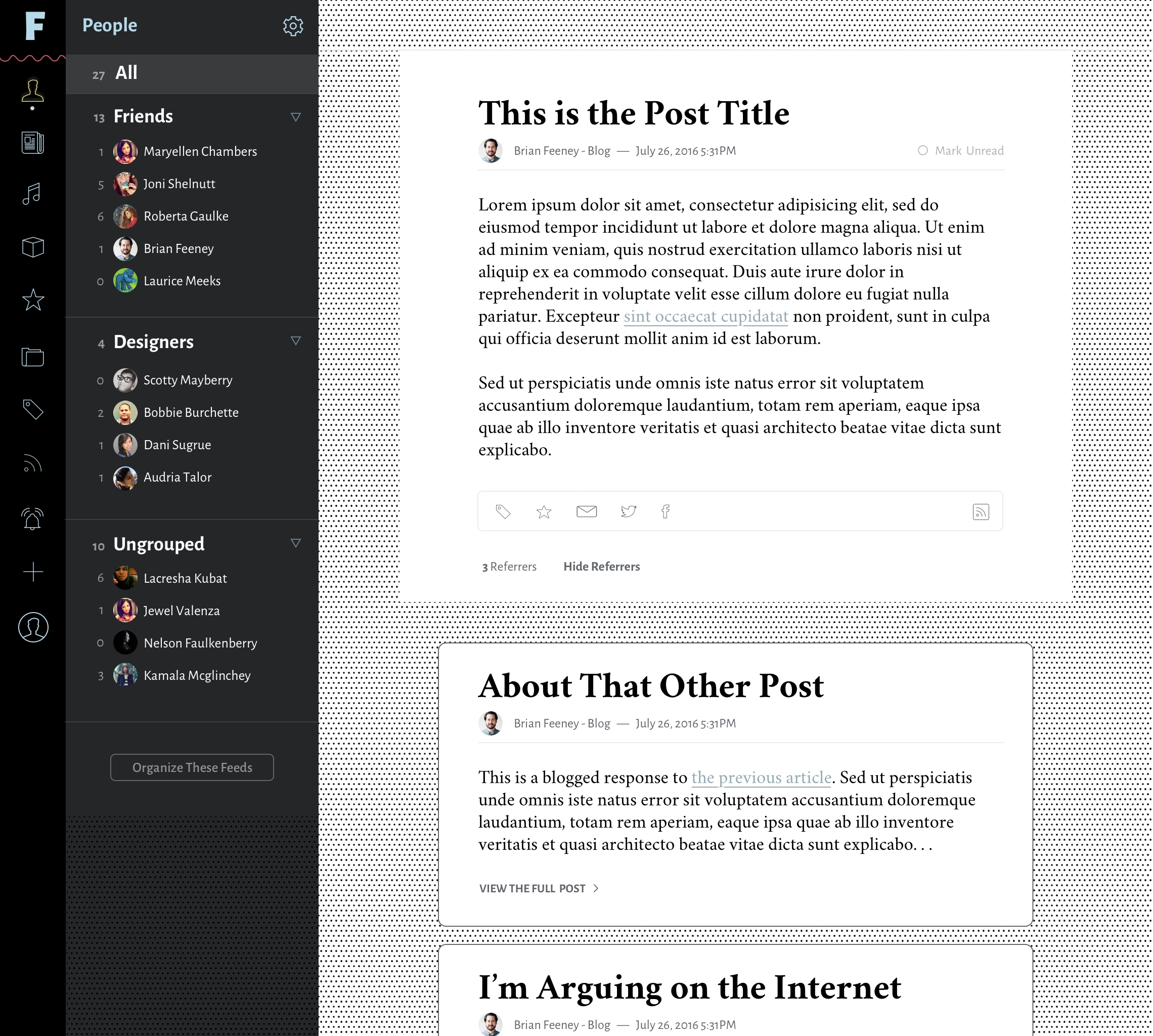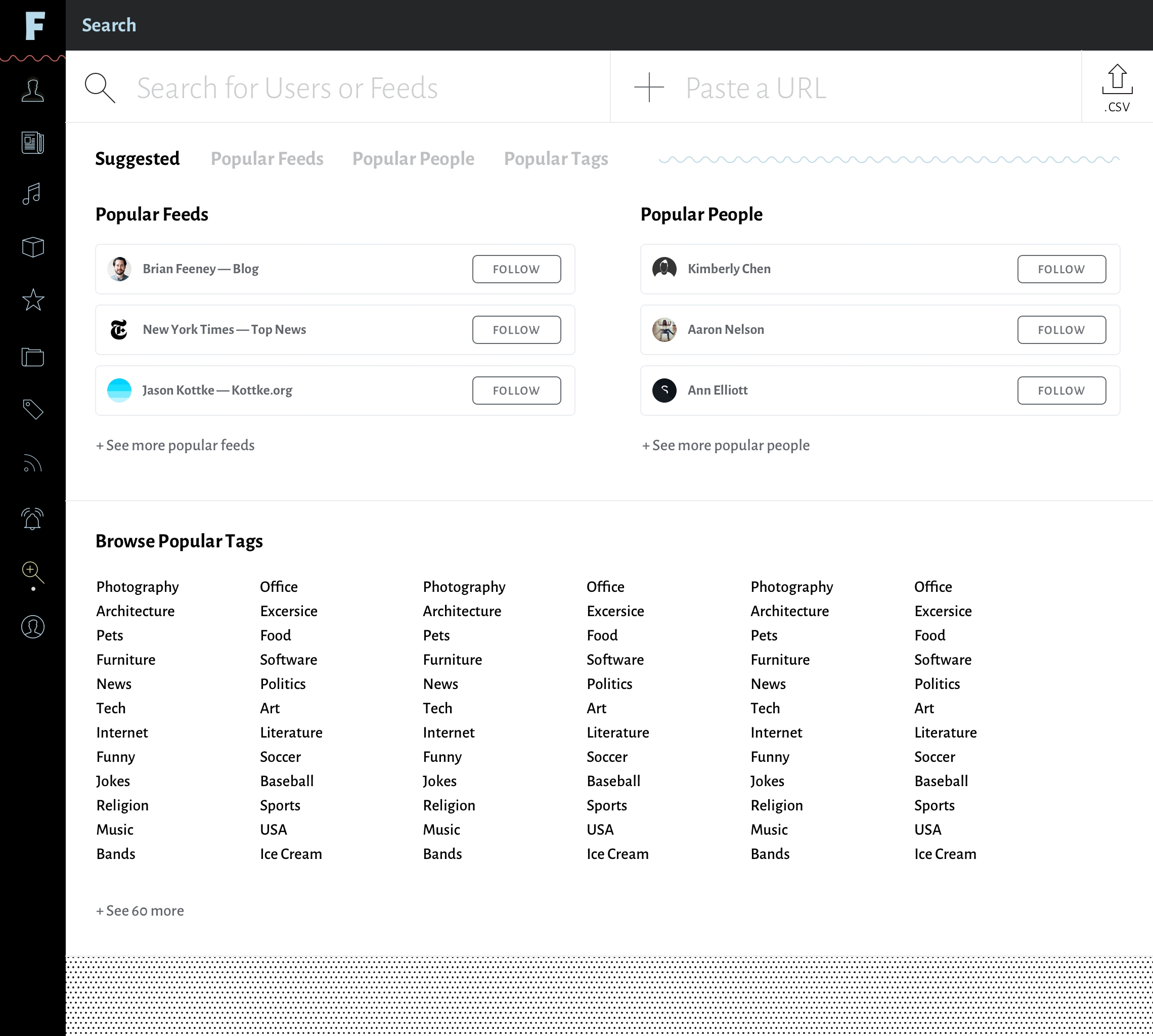The Future of AI and Machine Learning
There is a ton of chatter right now about artificial intelligence and machine learning. The tech behind it is advancing really quickly. People are wondering when, not if, it will replace human time and effort at accomplishing tasks. Particularly in the creative spaces: coding, image creation, technical and creative writing, etc.
I have a nagging sense this is a huge to-do about nothing. That AI & ML is this growing ball of yarn which seems to be encompassing everything, getting all mixed in to our lives, jobs, way of life. But then, if we take a wide step to the side, we'll see it's not as integrated into our lives as we thought. We could snip a single string and the whole thing falls away.
People will use AI to generate art for awhile until the look and style of those images runs out of novelty. Humans crave creative novelty. It's in our DNA to always be searching for the new and different. I foresee a decade or so of people finding ever more interesting ways to use AI imaging until ... we culturally decide, en masse, that it's time for a change.
We do this all time in every form of art. Push the envelope forward into new territory for awhile, then retreat to the familiar. Then push forward again. Then retreat. Like in music where the pendulum is forever swinging back and forth from high production to low, from expensive to democratic, from dance to bedroom, etc. Our exploration with AI is surely going to incorporate the same pattern. We'll have fun with it for a time, but then come to understand exactly where the human touch is missing. At which point, we'll prize human made art again.
In an article called The Age of Average, Alex Murrell writes about this phenomenon where every culture in the world essentially wants the same thing, on average, in their ideal art. "Despite soliciting the opinions of over 11,000 people, from 11 different countries, each of the paintings looked almost exactly the same," Murrell writes. He quotes the artist who did this research: "In nearly every country all people really wanted was a landscape with a few figures around, animals in the foreground, mainly blue."
I predict that we push and play with AI for a number of years — and having a good deal of fun and excitement with it — up until the point where every image it produces feels to us like the one billionth landscape with a few figures around, animals in the foreground, mainly blue. AI won't have made artists redundant. It will remind us why we always needed them to begin with.
In so much of what I read about AI, folks are forgetting that it's only a tool. There's a magic in it, but the magicians understand the tricks. Yes, most of us will be fooled for a long time, only a few people really understanding the technology behind it. Eventually, the magic will look more like science and take on the aura of normalcy. We'll get it. We'll outgrow it.
We're in the early days of experimentation. Tons of cool stuff is going to be made and will blow our minds. Lots of AI stuff will be amusing. Some of it will really help us perform better at our jobs. But, some of it will be poorly thought out, or indistinguishable from a dumb April Fools joke. Like this new Software as a Service called SyntheticUsers which purports to be a user research tool that doesn't have real users. Is it even real? Is it a joke? It doesn't matter which to me, because it's an obvious swing-and-a-miss at solving a real problem *, and so it's a joke either way.
What I'm pushing back on, I see now, is the hyperbole. Artificial intelligence will in fact change our lives. To what degree that's true is probably less than the chattering class is promising. I'd say on the level of the invention of plastics, and not so much the discovery of electricity. It's a new type of thing to keep our leftover pasta in. Not an entirely new way to absorb nutrients from food. I'm excited people are excited! But my expectations are tempered.
* For the non-tech folk reading this, I can explain the stupidity. The point of user research is to discover the unexpected ways real people misunderstand or misuse your products. You need living human beings to test this out. Any machine learning AI would only be reproducing common mistakes SyntheticUsers have fed to the algorithm. It will forever miss the wonderfully clever and stupid ways people behave. What you would learn from SyntheticUsers would not be how real people approach your software, but how AI approaches your software. It's so perfectly pointless, I have to assume it really is a joke.


